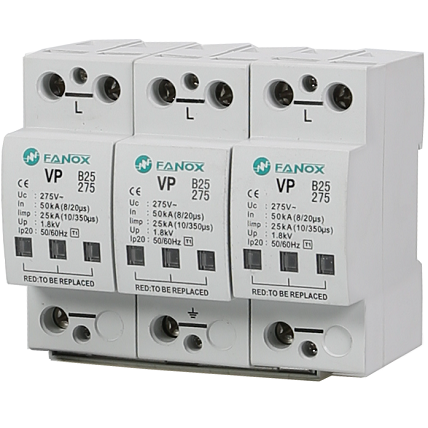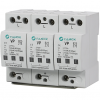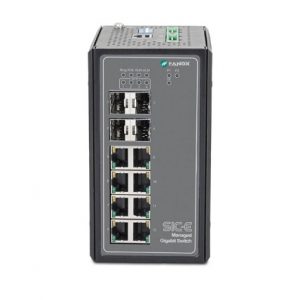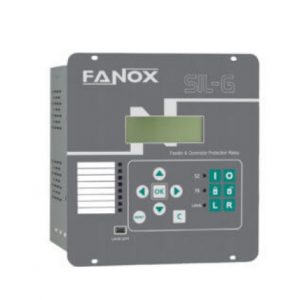Transient Overvoltage Protection (TVSS, SPD)
Renewable Energy
The surge protection relays protect installations and eliminate the effects of power surges. They offer the highest level of security in low voltage lines, continuous processes, domestic and tertiary facilities, etc.
The most visible and destructive power surges are often caused by atmospheric discharges (lightning strikes). However, this is not the most common source of such disturbances, as in most cases, the main sources of surges are within the facility installation itself, amongst others for the following reasons:
- Performance of circuit breakers and fuses.
- Connection and disconnection of inductive loads.
- Switching of motorsand machines.
- Electrostatic discharge.
- Capacitor’s power factor correction.
- Energy tansfers in generator sets.










